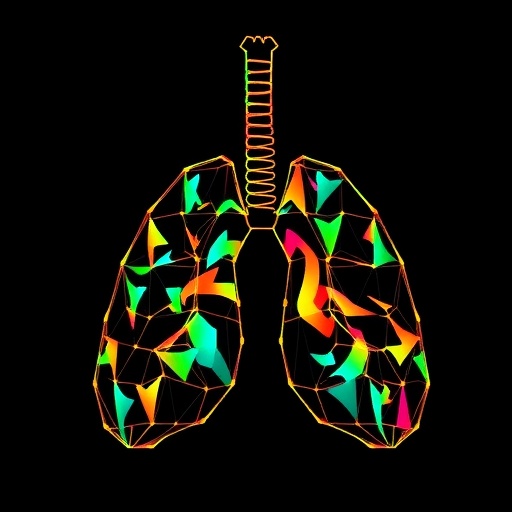Patients who have had knee or shoulder surgery or who require conservative treatment can benefit from training with motor-driven continuous passive motion (CPM) devices. However, this only applies to two therapeutic indications, and in each case only to one treatment outcome. Patients with stiff shoulder have less pain with CPM treatment than with physiotherapy alone. The range of motion after total knee replacement is improved if CPM is used in addition to physiotherapy. This is the result of the final report published by the Institute for Quality and Efficiency in Health Care (IQWiG). Hence, the conclusion was less favourable than the conclusion of the preliminary report, where the Institute had determined greater benefit of CPM also for pain in rotator cuff tear, a condition involving the rupture of tendons in the shoulder.
Early movement of joint possible
Motor-driven CPM devices allow movement of the joints without the patients needing to use their muscles. With this method, intensive activation of the joints is possible already shortly after surgery.
CPM is used to improve mobility, prevent stiffness and promote healing. It is usually not applied on its own, but as part of a multimodal therapy, supplementing physiotherapy.
Evidence base still best for total knee replacement
Compared with the preliminary report, the researchers could analyse data from two additional studies. The evidence base was still best for the use of CPM in addition to physiotherapy after total knee replacement surgery. Data of 1693 patients were available for this therapeutic indication, whereas data of fewer than 160 patients were available for each of the remaining six research questions.
Further data on rotator cuff tear: no advantage regarding pain
For rotator cuff tear, a condition involving the rupture of tendons in the shoulder requiring surgery, data from two studies with 155 participants in total were now available to the Institute for the comparison of CPM in combination with physiotherapy versus physiotherapy alone. In the preliminary report, this number was 100. Since the study additionally analysed had an opposing result for the outcome "pain", the Institute no longer sees an advantage in its final report.
Regarding the therapeutic indication of stiff shoulder, however, there is still an indication of greater benefit of CPM. The assessment in the therapeutic indication of total knee replacement also remained the same with IQWiG determining a hint of greater benefit. CPM used directly after surgery in addition to physiotherapy improves the patients' ability to move their knees.
Further studies are useful and recommended
The final report also identified evidence gaps: Usable data on health-related quality of life and adverse events are still missing. IQWiG recommends conducting further randomized controlled trials (RCTs) in the therapeutic indications where currently no (greater) benefit can be determined. In these studies, it would be important to standardize both the administration of analgesics and the respective treatment regimens of CPM and physiotherapy, and to provide detailed descriptions of their beginning and duration. Without this information, it is difficult to interpret the results.
In this final report, IQWiG assessed the benefit and harm of CPM only for knee and shoulder joints. Another completed assessment dealt with controlled active motion (CAM) devices for knees in the treatment of anterior cruciate ligament ruptures.
###
Media Contact
Anna-Sabine Ernst
[email protected]
49-221-356-850
http://www.iqwig.de/
https://www.iqwig.de/en/press/press-releases/continuous-passive-motion-for-knee-or-shoulder-joints-advantage-only-in-two-therapeutic-indications.9690.html




